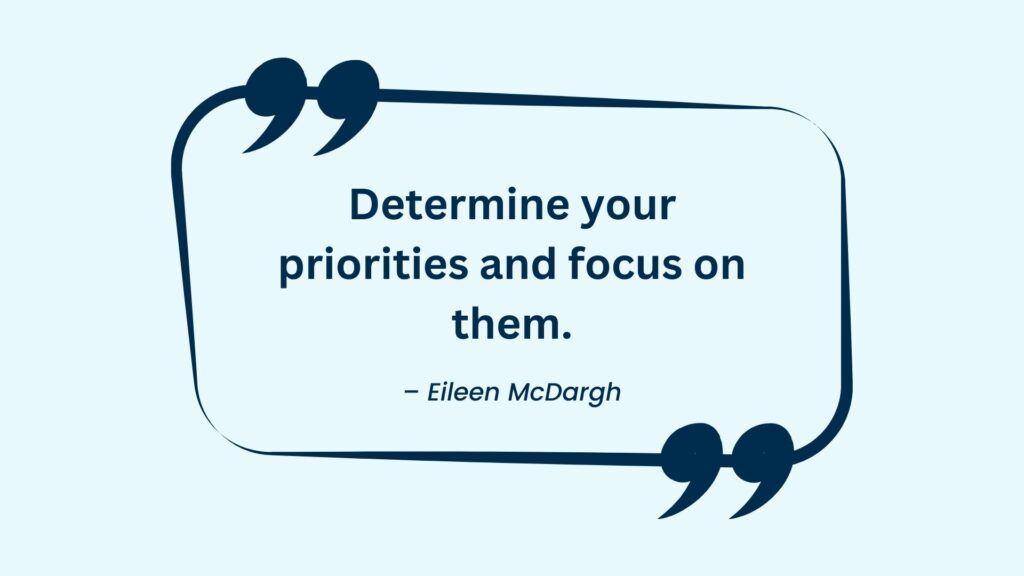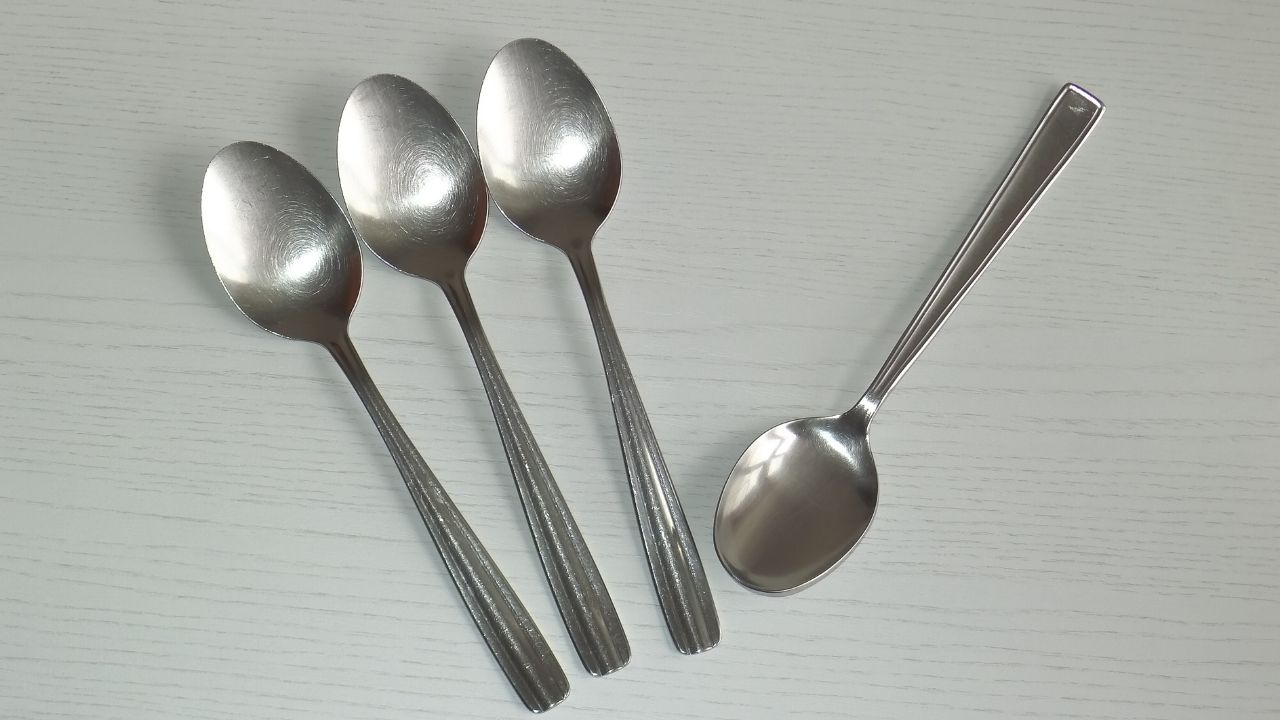Table of Contents [hide]
Are you an avid baker or cook who always finds yourself reaching for a teaspoon or tablespoon, but aren’t exactly sure how many teaspoons are in a tablespoon? Don’t worry – you’re not alone! Understanding the basics of measuring ingredients is essential when it comes to cooking and baking. In this blog post, we’ll explore the age-old question “how many teaspoons in a tablespoon?” We’ll also take a look at the history of the teaspoon and how it’s used today. So if you’re ready to up your kitchen game and perfect your recipes, keep reading!
How Many Teaspoons in a Tablespoon?
Measuring ingredients accurately is a crucial part of cooking and baking. When it comes to measuring small amounts, teaspoons and tablespoons are the most commonly used units. But how many teaspoons are in a tablespoon? The answer is simple: there are three teaspoons in one tablespoon.
The reason why there are three teaspoons in one tablespoon can be traced back to ancient Roman times. A unit of measurement called “uncia” was used by Romans for both weight and volume. One uncia was equivalent to roughly one modern-day ounce or 29 milliliters (ml). It’s believed that this system was later adopted by English bakers, who started using spoons as a convenient tool for measuring small quantities of ingredients.
Today, tablespoons and teaspoons come in different sizes depending on where you live. In the United States, standard measurements call for 1/6 fluid ounce per teaspoon and 1/2 fluid ounce per tablespoon. On the other hand, British tablespoons hold about 17 ml while their Australian counterparts hold approximately 20 ml.
Knowing how many teaspoons are in a tablespoon may seem like a small detail but getting it right can make all the difference when preparing recipes that require precise measurements!
The History of the Teaspoon
The teaspoon is a small but essential piece of cutlery that has been around for centuries. Its history can be traced back to ancient civilizations such as the Egyptians, Greeks and Romans who used spoons made out of various materials including wood, bronze and silver.
In medieval times, spoons were considered a luxury item only afforded by the wealthy. They were often decorated with intricate designs and precious stones. It wasn’t until the 18th century that mass-produced teaspoons became widely available to the general public.
During this time, tea also became popular in Europe which led to an increase in demand for teaspoons specifically designed for stirring sugar into tea or coffee. This gave way to the formation of specific types of spoons such as dessert spoons and demitasse spoons.
As technology evolved, so did the design and production methods of teaspoons. Today’s teaspoons are typically made from stainless steel or silver-plated metal and come in a variety of styles ranging from traditional to modern.
While its evolution may seem insignificant at first glance, understanding the long history behind something as simple as a teaspoon can give us valuable insight into how our society has developed over time.

How the Teaspoon is Used Today
Today, the teaspoon is a common kitchen utensil used for measuring small quantities of ingredients. It’s often used to measure spices, extracts, and other flavorings that are added in small amounts to recipes.
In addition to its use in cooking, the teaspoon is also commonly used for stirring beverages like tea or coffee. The shape of the spoon makes it ideal for mixing sugar or milk into hot drinks without spilling anything over the side.
The teaspoon has also found uses outside of the kitchen. In medicine, teaspoons are often used to measure out liquid medications for children or adults who have difficulty swallowing pills. Additionally, some people use teaspoons as makeshift tools for applying makeup or removing contact lenses.
Despite all these modern uses, however, it’s important not to forget the historical significance of this humble utensil. From its origins as a symbol of wealth and status among 17th-century European elites to its current role as an everyday kitchen tool, the teaspoon has had a long and fascinating journey throughout human history.
Conclusion
Understanding how many teaspoons are in a tablespoon is an essential skill for anyone who loves cooking or baking. Whether you’re making a simple recipe or creating something complex, having the right measurements will make all the difference.
Teaspoons and tablespoons have been used for centuries as standard measuring units, with their origins dating back to ancient civilizations. Today, they remain crucial tools in any kitchen.
By knowing that there are three teaspoons in one tablespoon, you can easily convert measurements and ensure your recipes turn out perfectly every time. So next time you’re whipping up your favorite dish or dessert, remember this basic measurement conversion and enjoy the delicious results!







